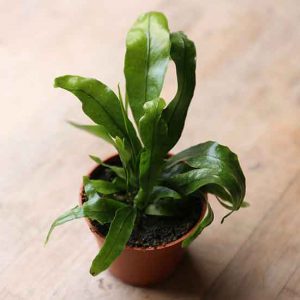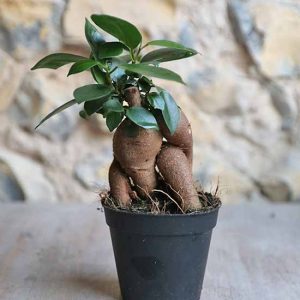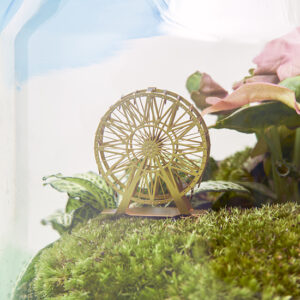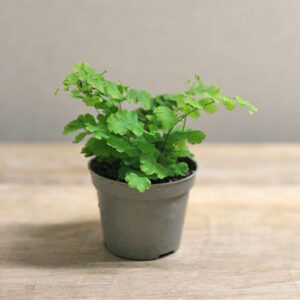HOW TO CARE FOR YOUR MICROSORUM MUSIFOLIUM (CROCODILE FERN)
THE CROCODILE FERN
Microsorum musifolium AKA: The Crocodyllus
Taking their name from the unusual reptilian texture of the foliage, Crocodile Ferns are plants with bundles of personality. With a distinctive leathery appearance, the leaves of these ferns are pretty standout and make an excellent addition to a collection of indoor plants. Suitable for potting in open air pots or a terrarium, these ferns are super adaptable to your needs.
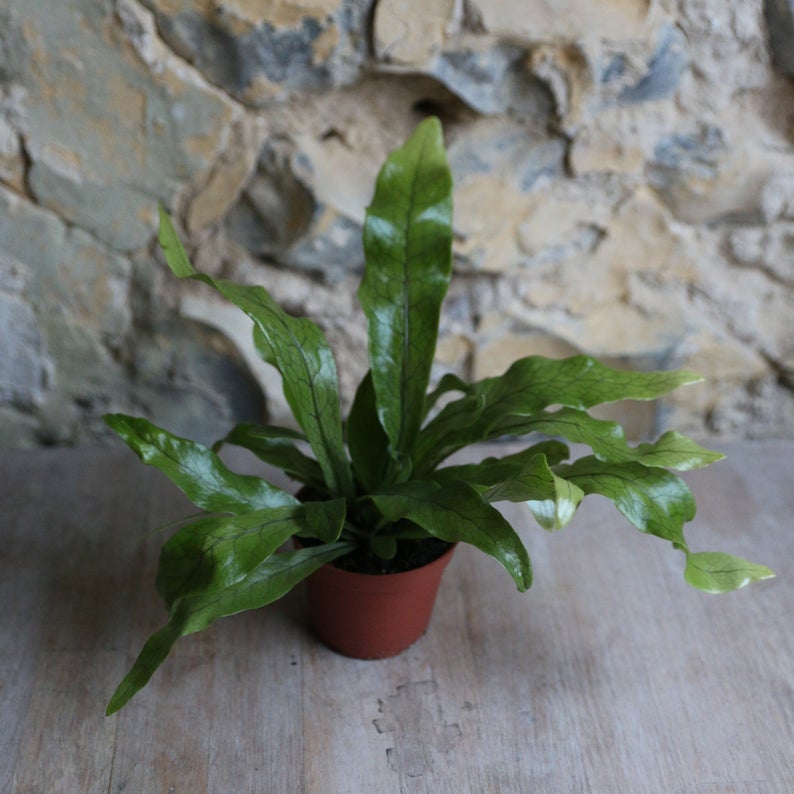
Where Does It Come From?
Crocodile Ferns are native to the warm and humid climates of Southeast Asia and parts of Oceania, such as the regions of Australia with greater rainfall.
Why Should I Get One?
- For collectors looking for plants with interesting foliage, you cannot go wrong with one of these bad boys. The dark veins on the leaves offer so much gorgeous texture to enjoy.
- These ferns can tolerate the humid and lower light conditions that other houseplants might not survive in. They are an excellent choice for kitchens, bathrooms and utility rooms.
How Big Can It Grow?
Kept in ideal conditions, these ferns can grow up to 5-feet tall, though this is exceedingly rare in the UK. Like most ferns, however, they are enthusiastic growers so be prepared to trim the leaves if things start to get a little out of control.
Where Should I Keep It?
In general, these ferns do best in indirect sunlight and in spots with high levels of warmth and humidity – conditions that replicate the dappled light and balmy air on the forest floor. A spot directly in front of a sunny window will quickly see the fern wither or scorch. The ferns are extremely sensitive to the cold, so you must take care to position them away from any cold air currents.
How Often Should I Water It?
Crocodile Ferns are native to tropical forests which tend to be pretty wet. These plants will need very regular watering in order to stay healthy but the plant will quickly die in poorly drained soil as root-rot can set in very quickly. Water the plant as soon as the surface of the soil has dried out and be sure to pot the fern in such a way that it is not left to stand in water for too long. Misting can be beneficial for ensuring that the fern is kept in adequate humidity and a monthly dose of a soluble fertiliser can also be helpful. Specialised fern fertilisers are also available but always read the instructions! Too much feed, even of a specialised mixture, can end up overwhelming and killing the plant.
Perhaps a little more demanding that other ferns you may have in your collection, these plants reward the careful plant-lover with exuberant growth and stunning foliage. Whether your intention is to incorporate them into a terrarium, or allow them to form a feature piece in your living space, with the proper care these ferns can pay you back for your time in abundance.
-
Quick View
Baby Bird’s Nest Fern (Asplenium Nidus)
Baby House Plants, Ferns, Mini Terrarium Plants, View All £6.00 -
Quick View
Baby Ficus Ginseng Bonsai (Ficus Microcarpa)
Baby House Plants, Mini Terrarium Plants, View All £7.30 -
Quick View
Mini Ferris Wheel Terrarium Decoration
Lifestyle: Gifts, Kits & More, Terrarium Moss, Decor + Tools, View All £10.50 -
Quick View

